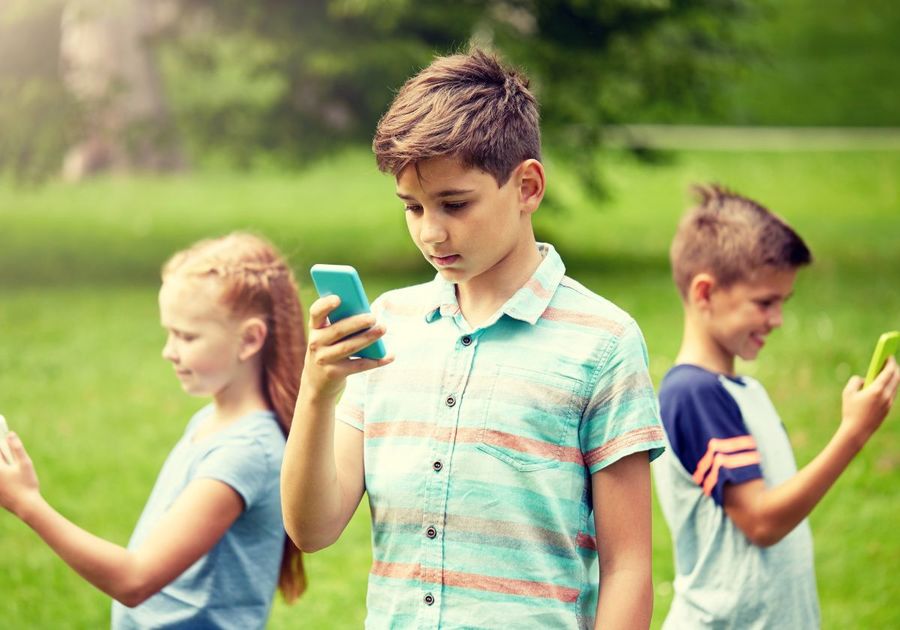It’s hard to deny that in today’s battle between "Indoor vs Outdoor" time the Indoors fight dirty. First of all, Indoors offers a level of comfort that is not easily found anywhere else. A comfy couch and cozy blanket can be hard to resist, especially after a long day. Not to mention there is now a neverending supply of entertainment to be found on TVs, iPads, and gaming systems. That glowing light and those repetitive, yet sedentary, actions have a hypnotic effect on humans of all ages, but especially on young developing brains. And as Newton taught us, “A body at rest will remain at rest unless an outside force acts on it”, which tends to sway in the favor of Indoors because it’s hard to be your own Force.
And while Outdoors initially comes in as the underdog, it has some secret weapons on its side that are pretty powerful, especially when it comes to combining learning with the great outdoors!
Outdoor Learning Packs a Powerful ‘Well-Being’ Punch
While COVID introduced the idea of Outdoor Classrooms to a new generation of families, it’s not a new concept. As far back as the early 1900’s when Tuberculosis was raging, especially in cities, Fresh-Air Classrooms began popping up with hundreds created around the world. The physical health benefit was immediately evident by the spread of disease to kids slowing dramatically in those who moved learning outdoors. As vaccines and medicines were developed the number of outdoor classrooms diminished, especially here in the US. Researchers have studied the benefits of outdoor play and learning for decades and beyond the health benefits in times of a pandemic, there are plenty of reasons to add more Outdoor time to your week!
Outdoor Learning is More than Hands-on Science and Nature Lessons
- Sure learning while outside helps kids learn about science and nature in a tangible, hands-on way, but the Outdoors also provides a great setting to learn about patterns, math, and the arts and tap into all of your senses! No need for counting blocks, whiteboards, and markers to practice lessons when petals, leaves, sticks, and stones are ready-made manipulatives and art materials right outside your door. Having free and unstructured time outdoors also helps to build curiosity and respect for plants, animals, and our own place in the environment.

- Outdoor play also helps increase one’s ability to think creatively and with confidence. Is that fallen log a bench to sit on? A boat? A tightrope over the Grand Canyon? Are those just leaves and stones on the ground, or can they become a collage? A nest for an animal? A building or cityscape? When left to their own minds, without a prescribed lesson or playground structure, the outcomes are limitless. It is often underestimated that even on a playground the mind is dialed into what you are supposed to be doing versus relaxed, creative thinking. Climb the ladder. Go down the slide. Wait my turn. Kick the ball. Certainly fun, but can work the mind in a more rigid way.
- The Great Outdoors can also help restore your mind, alleviate depression and improve sleep. Long days in an office or classroom call for a lot of paying attention, being “on”, pulled in different directions, and artificial lights, and screens. Just 15-20 minutes of quiet outside time can restore and refresh an overstimulated mind and if you do that daily, you will easily meet the recommended 2-hour “dose” of natural Vitamin D and fresh air. If you are able to get some outside time during the day it can also help to reset your internal “clock” that helps you know when it is time to wake up and time to get some sleep. Don’t discount an evening outdoors either because sometimes it is just the cure for a case of the “zoomies’, which is what I call it when the kids swing rapidly from moments of joy to moments of frustration in the time between dinner and bedtime.
Hopefully, by creating more time for the kids to be outdoors during the week it will make those moments for cozy snuggles on the couch even more special.
 |



